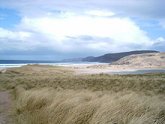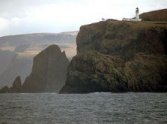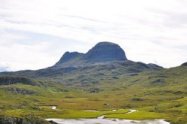Welcome to the Sutherland Masonic Website
On behalf of the member of the Province of Sutherland , please accept a warm and fraternal welcome to our website.
Our aim is to to keep our members and visitors up to date and informed about the masonic and social activities that have taken place and are planned to happen during the year . I also hope that this will give members, friends and non-members an opportunity to see what we are doing within the Province and also in the local community, particularly should they wish to learn more, or become involved, as appropriate, in these activities.
I hope you enjoy your visit to our site and trust you find it both interesting and informative, comment are welcome please sign our guest book click on the link on the right
Finally, if you wish to get in touch with us for any reason, or have any specific questions relating to this Province, in particular, please use the contact link on the individual Lodge pages. We will get back to you as soon as we possibly can.
A Short History of Sutherland
Sutherland is a registration county, lieutenancy area and former county of Scotland. It is now within the Highland council area. In Gaelic the area is referred to according to its traditional areas: Dùthaich Mhic Aoidh (or Dùthaich 'Ic Aoidh) (NW), Asainte (Assynt), and Cataibh (East). However, Cataibh will often be used to refer to the area as a whole.
The burgh of the county is Dornoch. However, while Dornoch always had its own Burgh Council the County Offices and administrative centre was, and is, Golspie. Other settlements include Bonar Bridge, Lairg, Brora, Durness, Embo, Tongue, Golspie, Helmsdale, Lochinver, Scourie and Kinlochbervie.
Sutherland became a local government area in 1890, and the county was abolished in 1975, when the Sutherland district was created as one of eight districts of the Highland Region. The region was created at the same time as the district. The district was abolished in 1996, when the region became a council area.
|
Please click on images for more information
|
||
 |
 |
 |
|
Sandwoodbay
|
CapeWrath
|
Suilven
|
The name Sutherland dates from the era of Norse rule and settlement over much of the Highlands and Islands, under the rule of the jarl of Orkney. Although it contains some of the northernmost land in the island of Great Britain, it was called Suðrland ("southern land") from the standpoint of Orkney and Caithness.
The North-West corner of Sutherland, traditionally known as the Province of Strathnaver, was not incorporated into Sutherland until 1601. This was the home of the powerful and warlike Clan Mackay, and as such was named in Gaelic, Dùthaich 'Ic Aoidh, the Homeland of Mackay. Even today this part of Sutherland is known as Mackay Country, and, unlike other areas of Scotland where the names traditionally associated with the area have become diluted, there is still a preponderance of Mackays in the Dùthaich.
As well as Caithness to the north and east, Sutherland has North Sea (Moray Firth) coastline in the east, the former county of Ross and Cromarty to the south, and Atlantic coastline in the west and north. Like its southern neighbour, Wester Ross, Sutherland has some of the most dramatic scenery in the whole of Europe, especially on its western fringe where the mountains meet the sea. These include high sea cliffs, and very old mountains composed of Precambrian and Cambrian rocks.